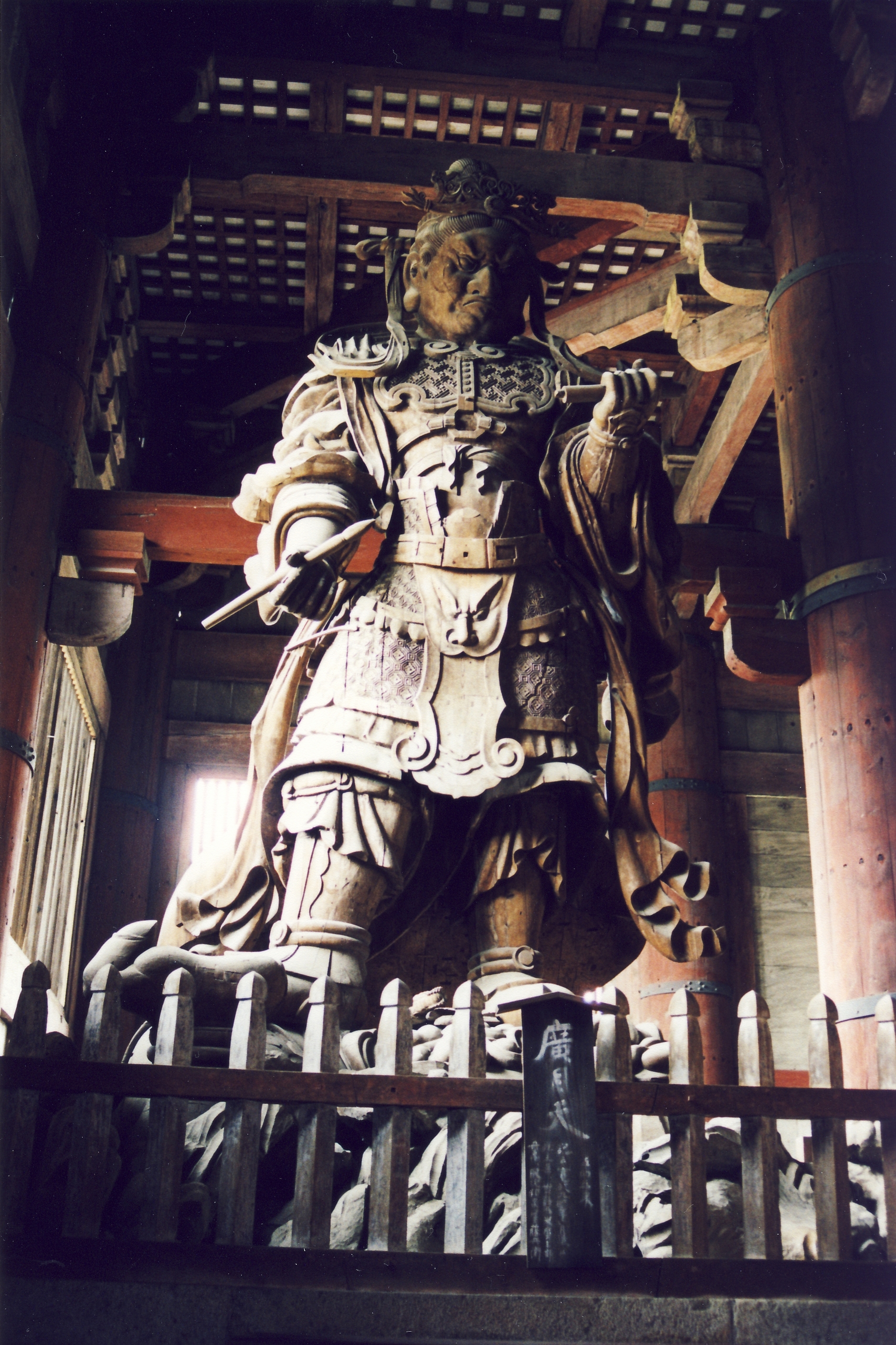Nara-Japan, Harajuku-Todai-ji
Structure of the day_Todai-ji Temple, Nara
largest wooden building in the world...
Image source :https://upload.wikimedia.org/
There are many reasons to visit the impressive Todai-ji Temple in Nara, but its sheer size must be the main attraction. The temple is only two-thirds of its original size, due to fires and alterations over the centuries, yet it is still the largest wooden building in the world. An enormous and costly project, Todaiji was ordered by Emperor Shomyo in the mid-8th century to highlight the position of Nara as a powerful Buddhist site and Japan's capital. Inside is a magnificent 53-ft (16-m) high seated bronze statue of the Buddha-the largest in Japan.
TODAI-JI TEMPLE'S CONSTRUCTION
Japan has extensive forest resources, and wood was a favored building material for centuries, particularly for tempi es, mainly because of its ability to endure weathering in winter. This has, however, also meant that such structures are highly susceptible to devastating fires. Todai-ji Temple's Great Buddha Hall is constructed in the traditional post -and-lintel style. The base of the hall has posts anchored along a rectangular perimeter. This rigid geometric shape marks the boundary between the material and divine worlds. There are 62 pillars supporting the grand, sloping roof. A unique roof construction (Wooden Hall) is effective in resisting the many major and minor earthquakes that hit Japan.
Image source: http://www.japan-guide.com/g7/4100_01.jpg
OMIZU-TORI FESTIVAL
The Omizu-tori, or water-drawing festival, has been celebrated at Todai-ji Temple sincethe 8th century to signa I the a rriva I of spring. During the festiva I, which is held from March 1 to 14, water is ritually drawn from a sacred well in the early hours on the 13th day to the sound of music. Enormous torches are used to purify the water.
GREAT BUDDHA HALL
The main hall of Todai-ji was rebuilt several times after natural disasters in the 12th and 16th centuries. The enormous figure inside is a jaw-dropping sight Occasionally, it is possible to see monks climbing onto the Buddha's raised hand to dust the statue.

Image source :http://3.bp.blogspot.com/
Pillar with Hole
Behind the Buddha is a large wooden pillar with a small hole bored into it. Tradition holds that those who can squeeze through the opening will attain enlightenment.



0 Response to "Nara-Japan, Harajuku-Todai-ji"
Post a Comment